
Man who saw ‘proof’ that ‘death is not the end’ explains the seven levels of afterlife
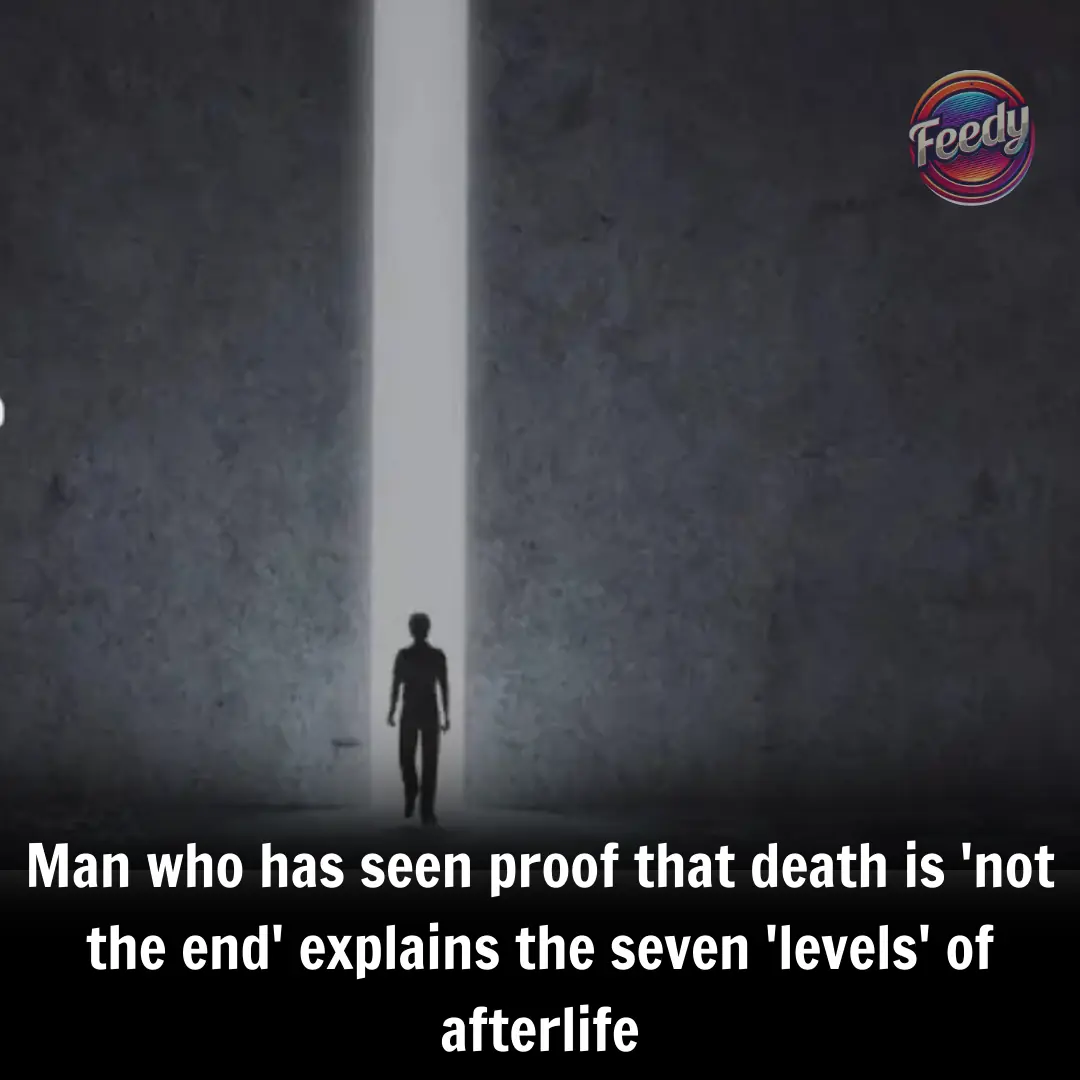
The concept of the afterlife—the belief in some form of continued existence after physical death—has captivated humankind for millennia. Across religions and spiritual traditions, it is typically understood in two ways: reincarnation, the soul’s rebirth in a new form, and eternal life, either in a realm of reward (heaven) or punishment (hell).
But what if there’s more? What if the afterlife isn't a single place, but a series of spiritual planes, each revealing deeper truths about our soul’s journey?
That’s exactly what author Chris Carter explores in The Case for the Afterlife, a book built upon the fascinating posthumous revelations of Frederic William Henry Myers—a British poet, classicist, philologist, and co-founder of the Society for Psychical Research. Myers passed away in 1901 at age 57, but according to Carter, he didn’t stop communicating.
Through mediums and spiritual messages received after his death, Myers allegedly described a seven-level journey of the soul, offering a profound glimpse into what might await us beyond the veil.
✨ Level One: Earthly Life
Myers begins his account with the plane we all know—Earth. It’s the starting point, the realm where souls are tested, grow, and prepare for the journey beyond.
🌫️ Level Two: The Borderland (Hades)
The second level, sometimes referred to as Hades, is described as a temporary resting place between two worlds.
"I died in Italy, a land I loved, and I was very weary at the time of my passing," Myers wrote.
"For me, Hades was a place of rest—a place of half-lights and drowsy peace."
Time spent in this realm varies, depending on the individual’s spiritual state. Children, for example, may pass through quickly, needing little rest before progressing.
🧠 Level Three: The Plane of Terrene Imagination
This level mirrors earthly existence. Souls here live as they did in life, shaped by memory and imagination. But it is not always pleasant.
While some enjoy peaceful surroundings, others dwell in lower realms that are "dark, gloomy, desolate," reserved for those who lived selfish or harmful lives. These souls remain in this state until they choose to change—until they evolve morally and spiritually.
🌈 Level Four: The First True Heaven
The fourth level is what Myers calls the first true heavenly plane—a place of indescribable beauty, where colors surpass anything seen on Earth.
Here, the soul begins to shed earthly limitations and embrace a higher, more joyful existence. This is where Myers said he ultimately arrived, signifying a turning point on the soul’s journey.
🔥 Level Five: The Plane of Flame
This realm represents spiritual transformation. It is a level of purification and passion, where the soul is refined through light and energy. It prepares the individual for even higher forms of consciousness.
💡 Level Six: The Plane of Light
At this point, the soul is no longer a visible being, but a presence of pure light—a manifestation of divine thought.
“The person has completely disappeared and exists only as white light, as the pure thought of their Creator,” Carter explains.
Though Myers had not reached this realm himself, he shared what others who had experienced it revealed: this is where one joins "the immortals."
🕊️ Level Seven: The Divine Realm
The final level, according to Myers, is not the heaven or hell of religious texts. Instead, it is a plane where a true connection with the divine becomes possible.
“The mind creates the fire of hell,” Carter writes, suggesting that suffering after death is self-imposed through guilt and spiritual stagnation—not inflicted by others.
Here, God is not a person one meets, but a force of immense power and love, far beyond human comprehension.
“Myers, in his post-mortem communications, describes God as being far, far above the human,” Carter notes.
“The newly departed do not see God because we are, at first, too spiritually primitive… We occupy planes not yet exalted enough to approach the divine closely.”
This seventh plane offers the opportunity to move closer to God—not as a reward, but as the natural result of deep spiritual evolution.
🧘♂️ Conclusion: A Soul’s Eternal Ascent
Whether seen as metaphor or message, the seven-level journey described by Frederic Myers invites us to reconsider everything we think we know about death—and life.
Far from being the end, death may be just the beginning of a magnificent and evolving spiritual voyage—one that challenges the soul, tests its growth, and leads it, eventually, toward the light of divine consciousness.
Chris Carter’s exploration of these accounts serves not only as a compelling case for life after death but also as a profound reminder: what we do here on Earth echoes far beyond it.
News in the same category


My Husband Kept Taking Our Kids to 'Visit Grandma'—Until One Day, My Daughter Revealed, 'Grandma Is Just a Secret Code'

I Slept Under A Bridge- But My Dog Kept Me Warm And Sane…

The Baffling Riddle of the Woman in the Boat

Poor Janitor Buys Old Doll at Flea Market, Gives it to Child & Hears Crackling Sound from It — Story of the Day
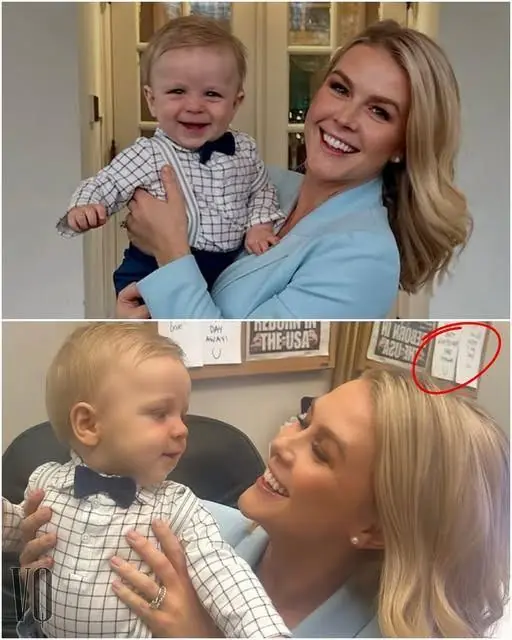
Karoline Leavitt Shares Adorable Family Photos—But Eagle-Eyed Fans Spot Something Unexpected in the Background

Dog Goes to Closed Store Daily then Leaves, One Evening Poor Boy Notices and Follows It
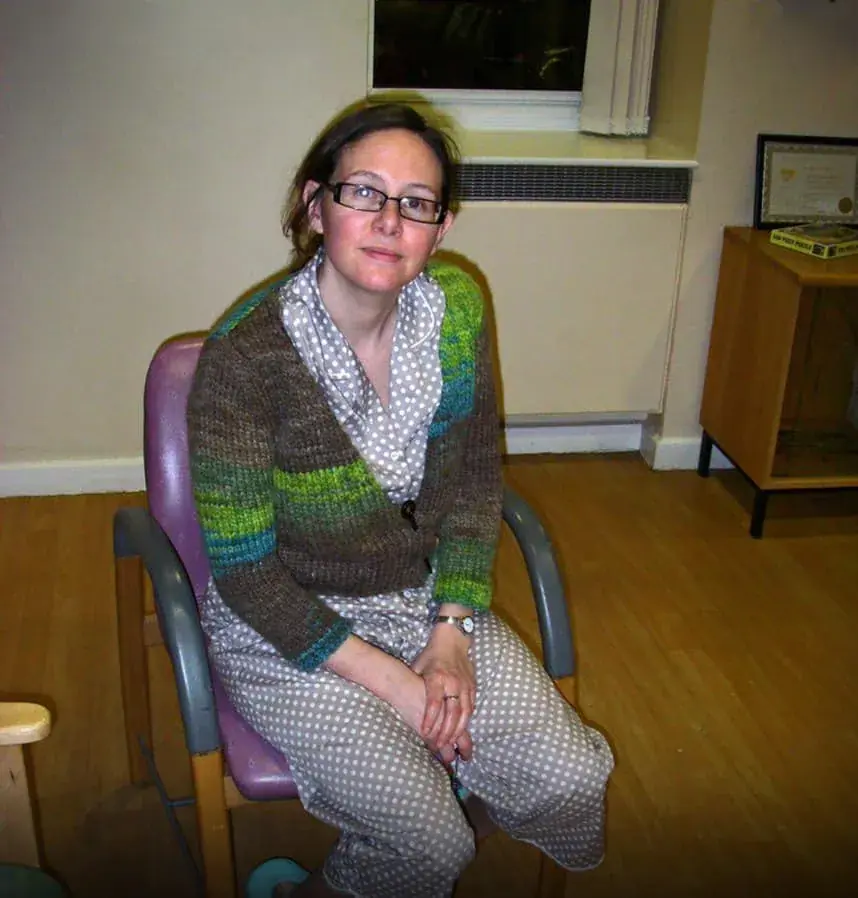
The Date That Changed Everything…

I Moved My Graduation To Our Driveway So My Dad Could See It

At His Adoptive Mother’s Grave, a Boy Discovers an Envelope with His Name.
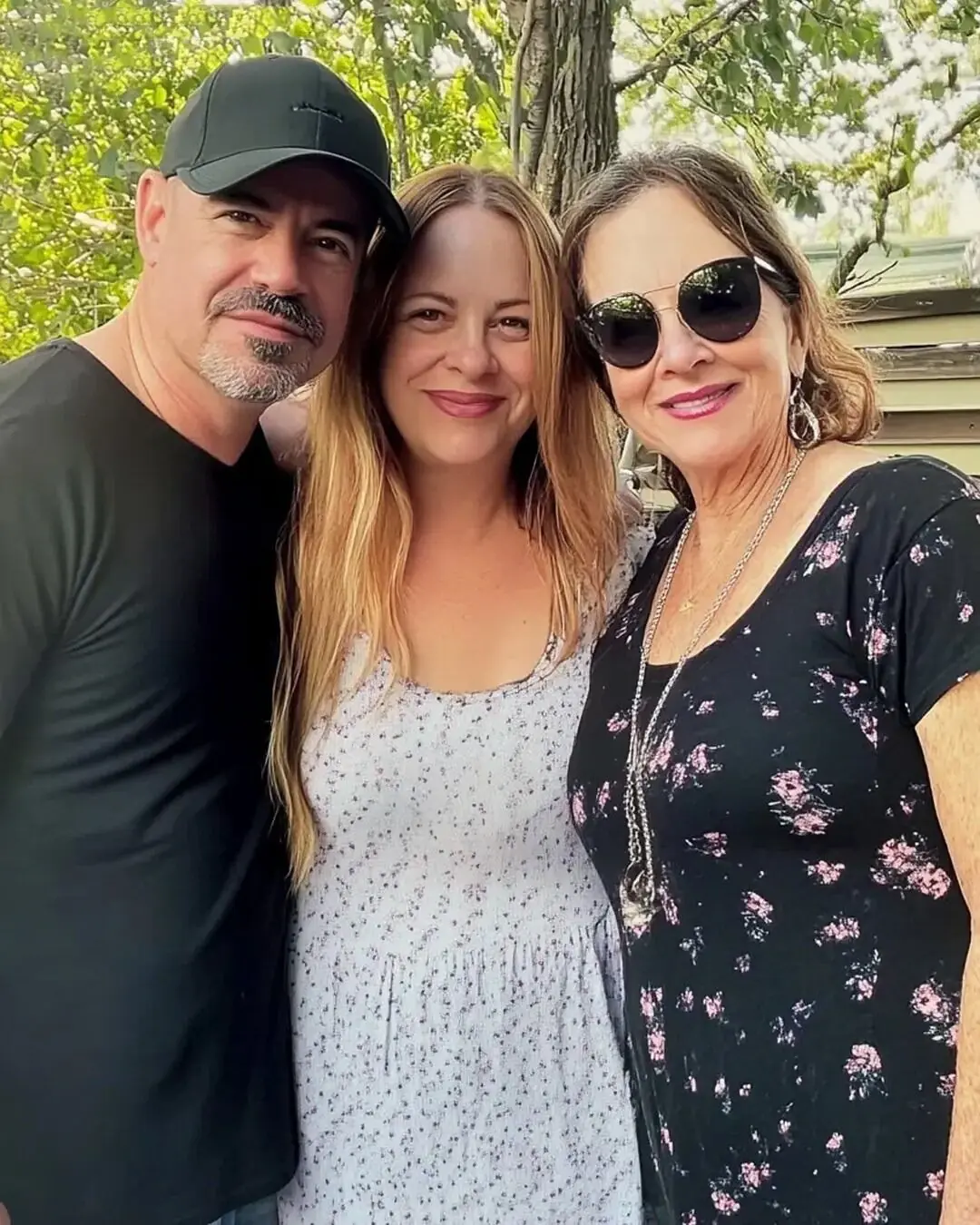
My husband was late from work again—no surprise there

STORIES My Future Brother-in-Law Was Always Trouble, but What He Did on Our Wedding Day Was the Final Straw for Michael and Me.

My 5-Year-Old Daughter Called Me at Work: “Mom Left with Her Things and Told Me to Wait for You, Daddy”.

I Caught My Fiancé Kneeling Before My Mom When I Got Home from Work — I Stayed Hidden to Learn Why.

A Coal Miner’s Dedication Shines Bright in Heartwarming Gesture…

My Daughter's Wedding Dress Arrived Completely Black — but That Wasn't the Real Disaster

Single Father of Two Girls Wakes Up to Prepare Breakfast and Finds It Already Ready…

The Waiting of Mrs. Julia…

The Couple Who Stayed Together for 65 Years—And Yet, Were Overlooked…
News Post

Best Drinks to Help Improve Cholesterol

🍹 4 Powerful Juice Recipes to Boost Your Health Naturally

🌿 The Miracle Plant That Heals You From Head to Toe – And It Might Be Growing in Your Backyard!

Turn Back Time with Just Vaseline and Cornstarch: Look Radiant at Any Age

🥤 Beetroot and Carrot Juice: A Delicious and Healthy Elixir

I Remarried After My Wife's Passing — One Day My Daughter Said, 'Daddy, New Mom Is Different When You're Gone'

My Husband Kept Taking Our Kids to 'Visit Grandma'—Until One Day, My Daughter Revealed, 'Grandma Is Just a Secret Code'

I Slept Under A Bridge- But My Dog Kept Me Warm And Sane…

The Baffling Riddle of the Woman in the Boat

Mango Leaf Tea 🌿🍃

I Adopted the Oldest Shelter Dog, Knowing She Had Only a Month Left – My Goal Was to Make It Her Happiest
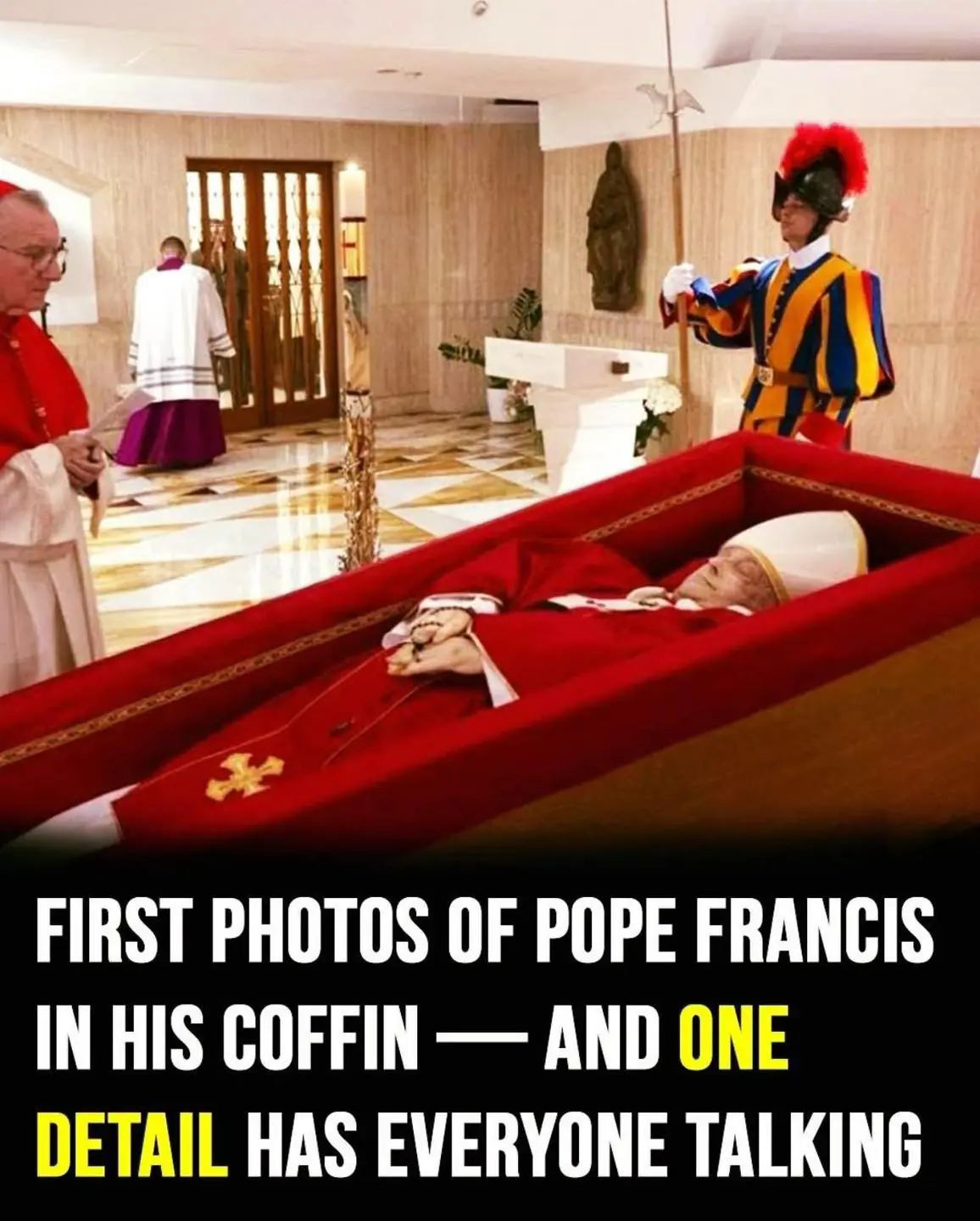
The holy relics inside Pope Francis’ casket

Gen-Z does not like ‘passive aggressive’ thumbs up emoji

The Vaseline & Cornstarch Trick: Can This Simple DIY Really Make You Look Younger?

Weight Loss Drink: Lose 20kg in a Month!

Get Thicker Eyelashes/Eyebrows with Vaseline and Castor Oil Serum in 1 Week
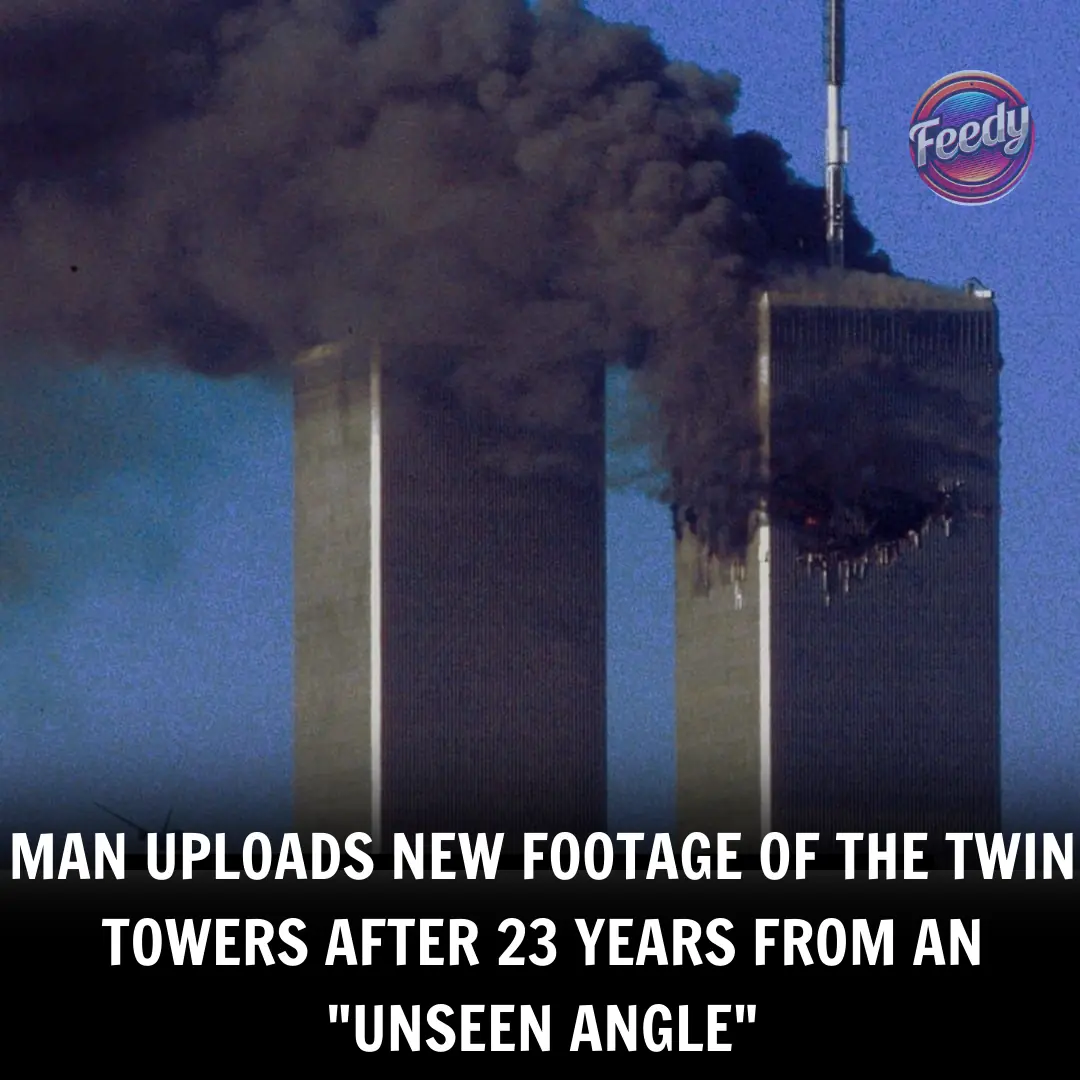
Man Releases Chilling Never Seen Before Footage of Twin Tower Collapse

Rise in Colon Cancer Among Young Adults May Be Linked to Contaminated Lettuce, Researchers Warn
